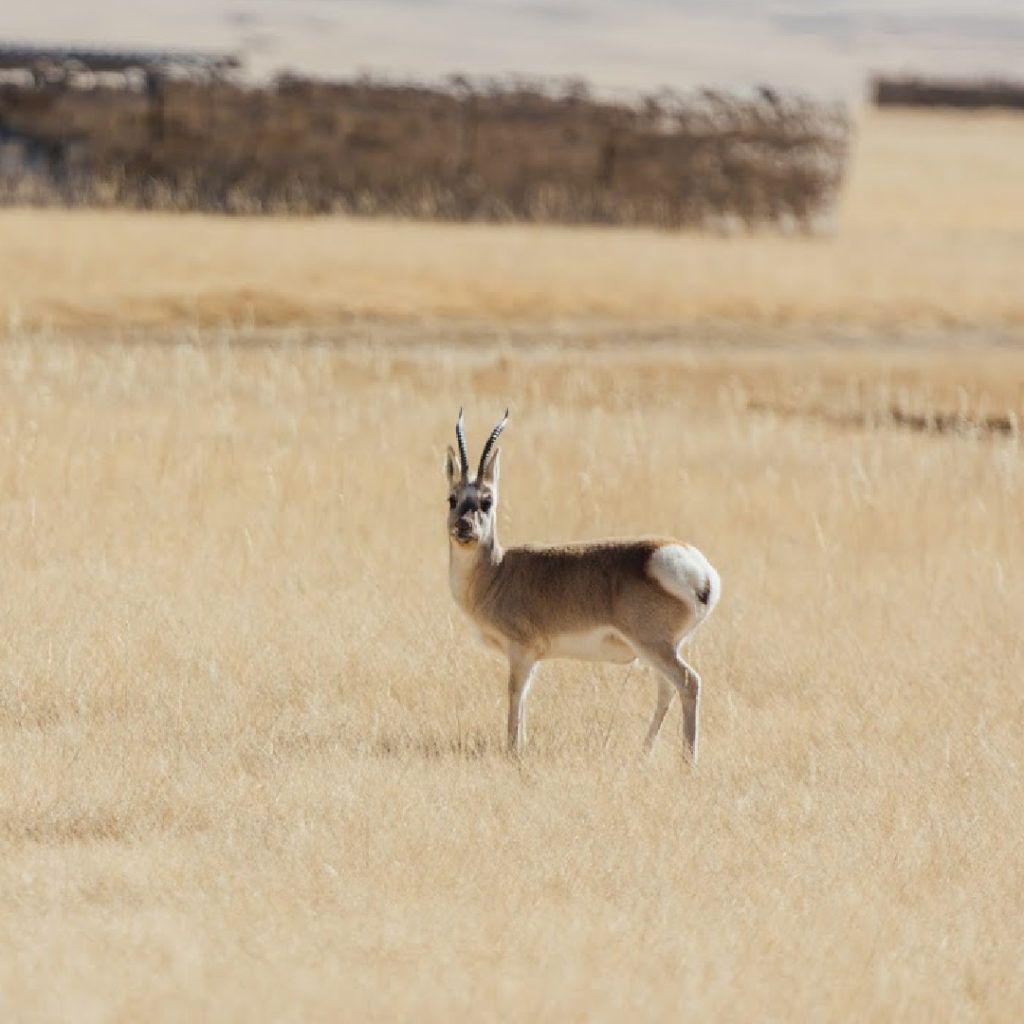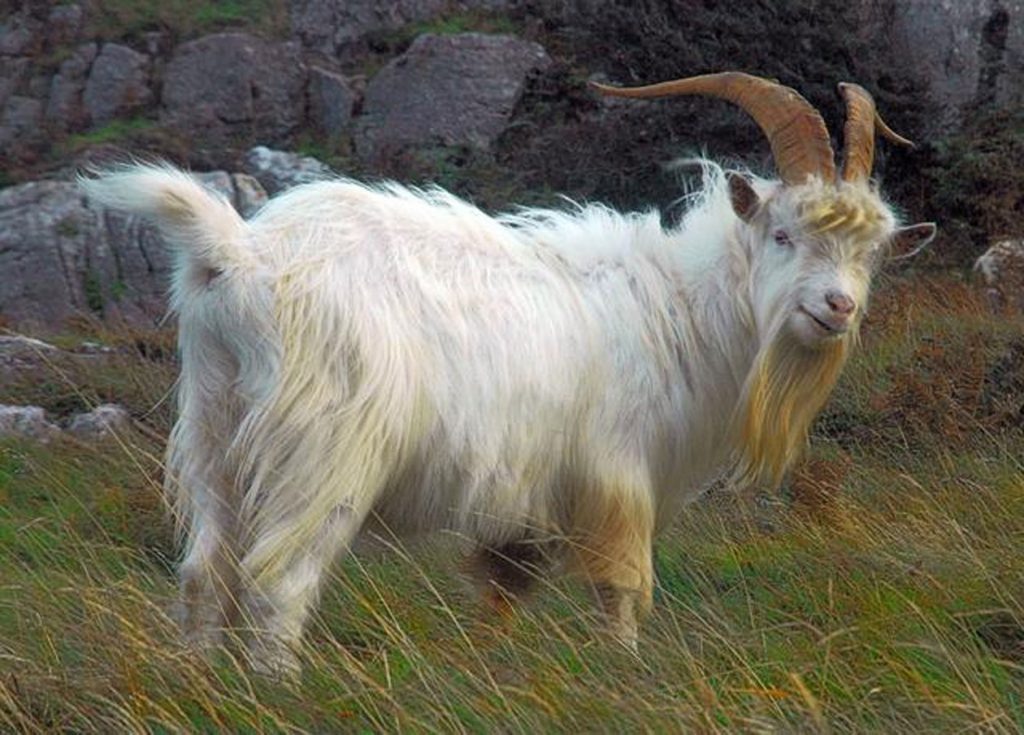Do Pashmina goats die for Pashmina? Are Pashmina goats killed for Cashmere? Is Pashmina banned? These are some common questions that are continuously asked by customers. These are responsible citizens of the planet and abhor animal cruelty. This section of the society is not necessarily vegans but does not want to be wrapped in something which has been a part of killing or hurting a living thing. But the answer to all these questions is a simple NO. Pashmina is cruelty-free, animals are not killed for Pashmina, and hence, Pashmina is not banned. To know the reason for the ban on this kind of wool, we today dig deep into the making of Pashmina and see for ourselves why Pashmina is cruelty-free and in fact ethical to have.
What is Pashmina?
Pashmina is the art of transforming Cashmere wool into luxury wrap accessories. This raw Cashmere is acquired from Ladakh in a region called Changthang. A peculiar species of the goat is found on the Changthang plateau which has been named the Changthangi goat, or the Changpa goat (its herders are called Changpa), or Pashmina goat. To survive the harsh climate that this region experiences (a temperature of -40 degree Celsius in winters). nature has bestowed the goat with protection. This protection is exceptionally warm wool which grows on the Pashmina goat's body as a down fibre (underbelly, neck, and some sensitive parts of the body). The wool is so warm that the goat roams freely even in the freezing cold.

As soon as summer arrives, the goat becomes too uneasy. It hence rubs itself with rough surfaces to get rid of it, which does the job, but not to its satisfaction. Herders, seeing the uneasiness of the goat, immediately call professionals, who come to the goat's rescue. With the use of specialized tools, professionals gently comb off the wool from the goat's body and set it free. This wool is fine Cashmere, and upon processing it is converted to Pashmina shawls, stoles, scarves, and even apparel.
Processing Cashmere from Pashmina goat- Raw Wool
Raw wool is sent to Kashmir, where women take a few parts home and spin it over a wooden spinning wheel called Yinder. This transforms the lump of wool into fine threads of Cashmere, each just 12-16 microns in diameter. These threads are handed over to men weavers, who hand weave the same into shawls, scarves, and stoles. There is minimum wastage, the processes are all manual and the end product lasts for a lifetime.
The process of acquiring wool from Pashmina goats is not cruel, as we can see. So the animals are not killed for Pashmina. Only the wool is separated from its body by gently combing it off. This portion was any way left on the body after the Pashmina goat has tried its best to naturally get rid of it. The hair is not plucked or even sheared. It is softly removed and no pain is inflicted upon the animal. Pashmina is cruelty-free. And so Pashmina is not banned. In fact, it is being sold under the surveillance of the state and central government. Pashmina making is a major source of livelihood for underprivileged families in the Changthang region. And any cruelty towards the Pashmina goat will directly affect the families' livelihood.
However, there is something which is banned. There is a kind of wool that is cruel. There is a kind of wool, which involves killing the animal it is acquired from.
Also read: What is Real Cashmere?
Shahtoosh Wool
Shahtoosh literally comes from two terms 'shah' meaning 'king' and 'toosh' meaning 'wool'. It actually is the king of all varieties of wool. It comes from the fine hair of the Tibetan Antelope and is the finest and one of the most expensive varieties of wool in the world. But even after being an ideal winter wrap, shahtoosh is banned; its possession and sale are illegal in most countries. The reason behind the ban is the animal it comes from. Chiru is an endangered species under CITES.
Chiru Goats or the Tibetan Antelope
Living in one of the most rigid and severe environments on earth, the Tibetan antelope is found at an altitude of over 5,000 metres. But much like Pashmina, a special type of down fur, being light and excessively warm, allows them to survive in freezing conditions. Chiru goats are migratory animals, and they move from Mongolia to Tibet and gather at the plateau at one point in the year. It is this part of their movement where nomads wait for their appearance, every year. These nomads hunt the antelope for their skin, meat, horns, and mainly the fur - Shahtoosh

Shahtoosh shawl exists from the time of King Akbar. Under his rule, it was considered the warmest and the most luxurious piece of fabric. It was so soft that it could pass through a finger-ring. earning it the name 'finger shawl'. Shahtoosh would be naturally colored, and people preferred it like that, without the urge to dye it in brighter shades.
Ban on Shahtoosh
Hence, we see that it is Shahtoosh wool which is banned because it leads to animal cruelty. The Tibetan antelope is killed, and the nomads who do so take its horns as trophies for themselves as a mark of pride to have hunted a Chiru. Environmentalists argue that even if it was possible to extract the wool without actually killing the animals, snatching their protective cover amounts to “cruelty", as the cover protects them from biting cold of the Tibetan plateau.
Nevertheless, Shahtoosh trade was banned globally in 1975 under the Convention on International Trade in Endangered Species (CITES), granting the antelope the highest level of protection. Otherwise, three to four chiru goats would be killed to make a shawl, that would be allegedly sold for $1000 to $5000 and sometimes even up to $20,000 in the international market. One adult animal yields about 125-150g of wool. Unfortunately, some traders still carry out the trading of shahtoosh shawls. They manage to sell it secretly to irresponsible customers who ask for the same, just for the sake of showing it off.
Pashmina goat wool is not Banned
For Pashmina the story is different. Firstly, Pashmina goats are domestic and not wild. Hence, herders do not need to kill them, but simply hold them during the hair removal process. Secondly, the hair is removed partially by the goat itself and completely by professionals around the month of April. During this time, the temperature has already gone up, and the goat doesn't need any protection, as winters are over. Pashmina is far from being cruel. These goats are the only source of livelihood for the Changpa nomads. Hence, the goats are not killed for Pashmina.

Pashmina is not banned and has never been. It is sold all over the world openly. But it has been confused with the Shahtoosh shawls as both are called Kashmiri shawls. But Pashmina is ethical, sustainable, and of course the most beautiful creation of human hands. It just bestows its grace to the wearer, besides covering them in exceptional comfort.